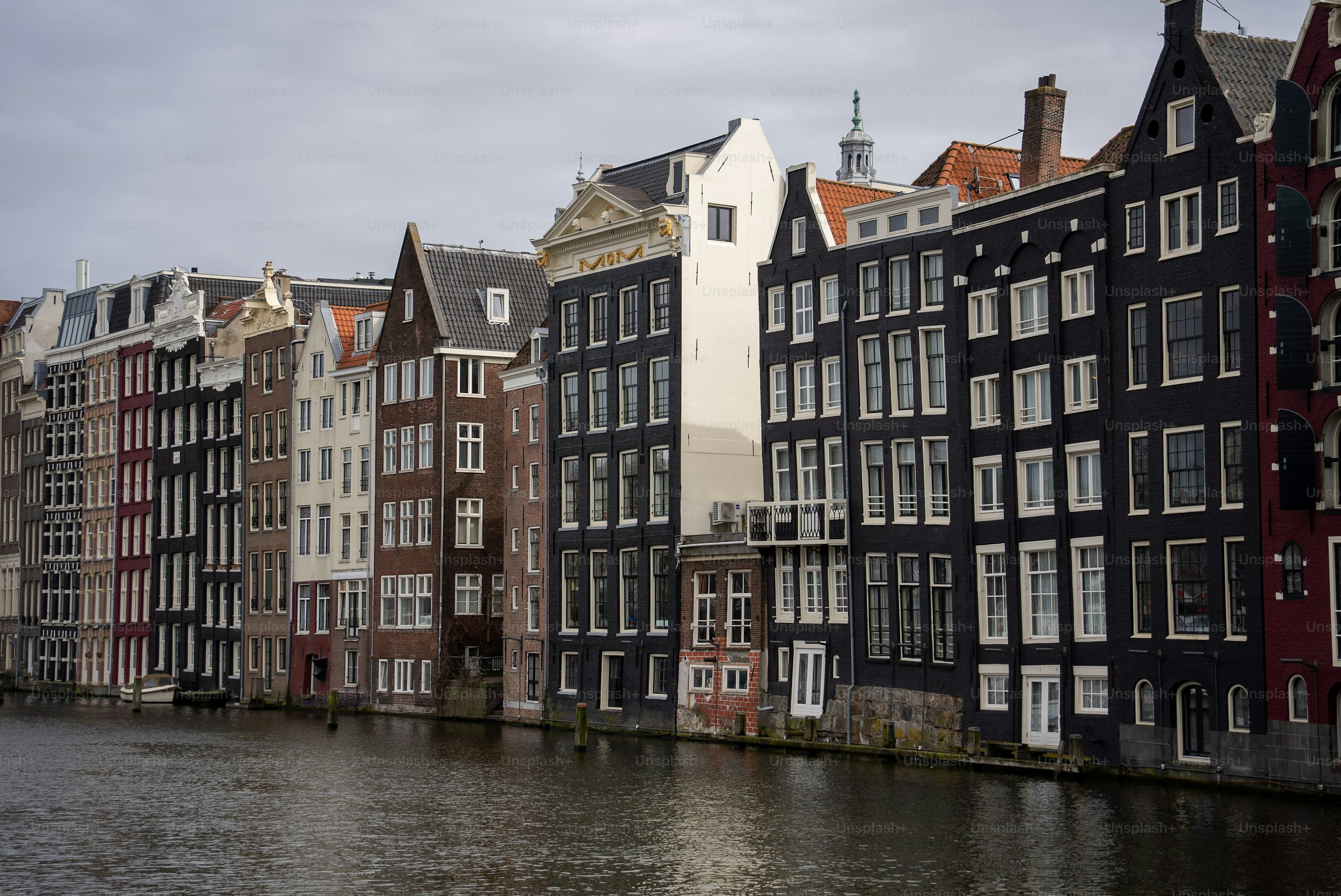Have you ever heard of 'Gyeongbokgung', the place chosen by the BTS members? 💕
Meet Gyeongbokgung Palace, where the beauty and tradition of Korea shine.
You'll be amazed by the dynamic history of the palace!
Touring Gyeongbokgung while listening to a BTS song from the video makes the experience 200% more enjoyable.
So, shall we go together?🚗

Gyeongbokgung Palace was established in 1395 by King Taejo during the Joseon Dynasty.
It stands as the largest and most significant palace among those of the Joseon Dynasty, recognized for its beauty and historical value as a UNESCO World Heritage Site.
Comprised of splendid architecture and beautiful gardens, Gyeongbokgung offers visitors a unique opportunity to experience Korea's noble traditions and history.
The Meaning of Gyeongbokgung

‘Gyeong’ represents not only beauty but also prosperity and richness carrying the essence of nature's beauty and abundance.
‘Bok’ means ‘filled with luck’ symbolizing a rich and happy life.
Therefore, Gyeongbokgung signifies a palace brimming with beauty and luck.
It encapsulates King Taejo's desire for the prosperity and happiness of Joseon, as Gyeongbokgung, being the center of the Joseon era itself, was constructed with the intentions of prosperity and happiness during that time.
Through the name of Gyeongbokgung, do you feel a bit closer to Korea's history?
Want to delve deeper into Gyeongbokgung?
The history of Gyeongbokgung Palace

©KTO-Lee Sung Woo
Gyeongbokgung was the primary royal palace of the Joseon Dynasty.
Since the Joseon era, Gyeongbokgung has witnessed numerous historical events.
Various occurrences, including royal rituals, political decisions, and external invasions, took place within the palace grounds.
It served as the central political hub and the main palace during the Joseon Dynasty.
In particular, the late 16th-century Imjin War had a significant impact on the palace's structure and historical significance.
The Changing of the Royal Guard Ceremony

©KTO-Jeon Hyeong Jun

©KTO-Kim Ji Ho
To widely promote the historical and cultural value of the palace, various events such as night tours and the Changing of the Royal Guard ceremony are being conducted.


Isn't the night view of Gyeongbokgung Palace, harmonized with the lighting,
absolutely stunning?
The place that became a global sensation for the 2024 Gucci fashion show was none other than Gyeongbokgung Palace.
The place that became a global sensation for the 2024 Gucci fashion show was none other than Gyeongbokgung Palace.😎
The birthplace of Hangul

©Cultural Heritage Administration
The birthplace of Hangul was the Sujeongjeon Hall in Gyeongbokgung Palace.✏️
The place where King Sejong invented Hangul is the Sujeongjeon Hall located in Gyeongbokgung Palace. Sujeongjeon symbolizes the creation and advancement of Hangul, encapsulating the intellectual legacy of King Sejong.
This site remains a space that remembers the beauty, efficiency of Hangul, and its tremendous impact on Korean culture, never losing its significance.
Before visiting Gyeongbokgung Palace,
where Hangul was born, learning Korean will surely make the trip more meaningful, won't it?
Hidden stories of Gyeongbokgung Palace
❤️Q&A❤️
🧐
What animal is this in Gwanghwamun?

©Cultural Heritage Administration
There are sculptures resembling tigers on both sides of Gwanghwamun. These sculptures are called 'Haetae'. Haetae, also known as the 'Haechi', is an imaginary creature.
It was believed to discern right from wrong and, if someone was wrong, punish them by piercing them with the horn on its head. Initially, the Haetae statues were positioned approximately 50 meters in front of Gwanghwamun, but now they are located directly on the sides.
It was customary for people entering the palace on horseback or in a carriage to dismount at the Haetae statues before proceeding on foot to Gyeongbokgung Palace.
🧐
Wearing a hanbok allows foreigners to enter for free?

Did you know that foreigners can enter Gyeongbokgung Palace for free if they wear hanbok, the traditional Korean attire?
This fantastic perk allows international visitors to experience the grandeur of the palace without an entrance fee.
It's a wonderful way to immerse yourself in Korean culture while exploring this historical treasure!
Now, are you ready to set off on your Gyeongbokgung adventure?😘











